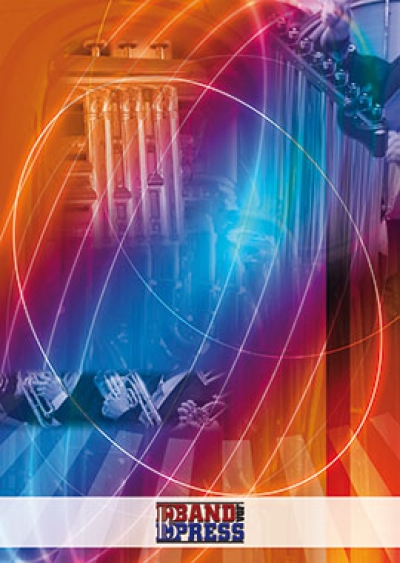We've found 582 matches for your search. Order by
Results
-
 £72.00
£72.00Alloway Tales - Graham Peter - Vertommen Luc
Estimated dispatch 7-14 working days
-
 £72.00
£72.00Apex - Meechan Peter
Estimated dispatch 7-14 working days
-
 £72.00
£72.00Away in a Manger - Graham Peter - Vertommen Luc
Estimated dispatch 7-14 working days
-
 £72.00
£72.00B of the Bang - Meechan Peter
Estimated dispatch 7-14 working days
-
 £72.00
£72.00Ballade - Savenberg Peter
Estimated dispatch 7-14 working days
-
 £72.00
£72.00Blazon - Graham Peter - Vertommen Luc
Estimated dispatch 7-14 working days
-
 £164.00
£164.00Call of the Cossacks - Graham Peter - Vertommen Luc
Estimated dispatch 7-14 working days
-
 £86.00
£86.00Cartoon Music - Graham Peter - Vertommen Luc
Estimated dispatch 7-14 working days
-
 £129.00
£129.00Cats Tales (3 delen) - Graham Peter - Vertommen Luc
Estimated dispatch 7-14 working days
-
 £186.00
£186.00Crazy diamonds shining - Meechan Peter
Estimated dispatch 7-14 working days
